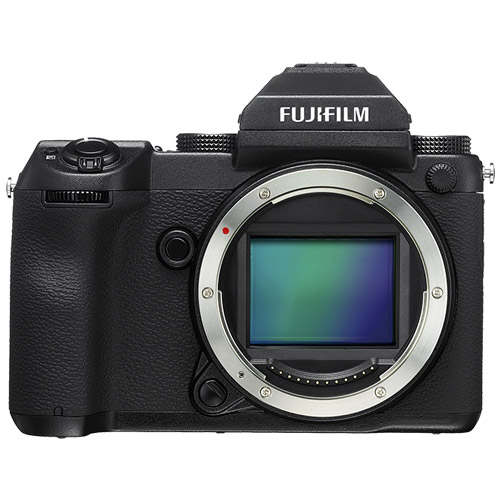Sensor size explained
You may have heard people refer to their camera as full-frame or APS-C format – these terms relate to the size of the sensor that the cameras uses to capture the image. A full-frame camera has a sensor that’s the same size as a 35mm film frame, 36x24mm, while an APS-C format camera has a sensor that is around the same size as the Classic frame of APS (Advanced Photo System) film. We say ‘around’ because the film format actually measured 25.1x16.7mm, while the sensors are usually a little smaller at around 23.5 x 15.6mm.
Moving down the scale a little further, Micro Four Thirds cameras have what is known as a Four Thirds type sensor which measures 17.3 x 13mm – and there are cameras like the Nikon 1 J5 that have 1-inch type sensors measuring 13.2x8.8 mm. Sensors smaller than 1-inch type are described as fractions of an inch, with 1/1.7-inch and 1/2.3-inch chips being common in compact cameras.
As a rule, cameras that have larger sensors tend to produce higher quality images than those with the same pixel count on smaller sensors. That’s because the photoreceptors, often called pixels, are larger and therefore able to receive more light. The more light they receive, the stronger the image signal will be and this helps keep down noise levels.
For the same reason, a camera with a larger sensor usually produces images with a greater dynamic range, meaning that it’s capable of recording a wider range of tones in a single image.
Another benefit of a large sensor is that at any given focal length and aperture there’s greater ability to restrict depth of field. That can be especially helpful with portraits when you might want to blur the background.
Big isn't always beautiful
While there are image quality advantages to a large sensor, there are a couple of downsides. The sensor is the most expensive component in a camera, and consequently, the price of a full-frame camera is much higher than that of a comparable APS-C or Micro Four Thirds model.
Also, while the Sony A7 series of cameras bucks the trend somewhat, large sensors take up more room and need bigger lenses, making the whole system bulkier and heavier.
What’s more, if landscape or macro photography is your thing, you may be more interested in having an extended depth of field rather than restricting it.
 The Nikon 1 J5 is a very small compact system camera with a 1-inch type sensor.
The Nikon 1 J5 is a very small compact system camera with a 1-inch type sensor. Inside the Sony A7R II is a sensor that’s the same size as a 35mm film frame. This camera is now discontinued, so why not take a look at the Sony a7R IV here >
Inside the Sony A7R II is a sensor that’s the same size as a 35mm film frame. This camera is now discontinued, so why not take a look at the Sony a7R IV here >

- By Matthew Ward
- 11 May 2017





























































